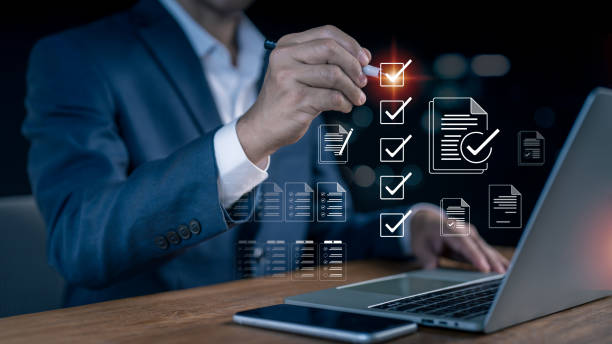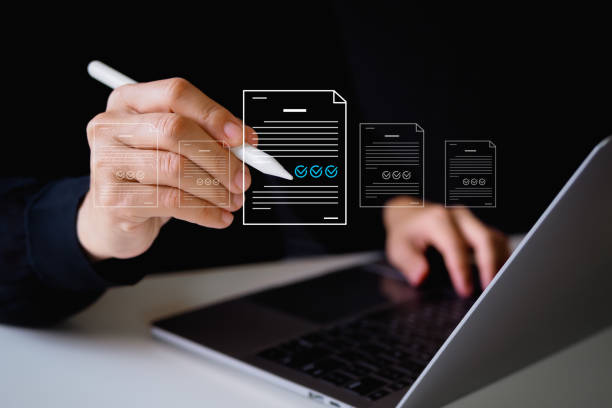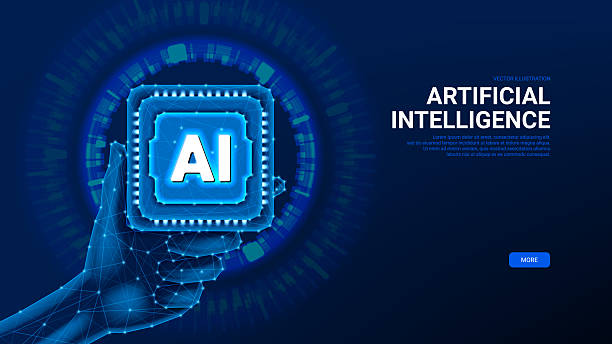What is On-Page SEO and Why Does it Matter?
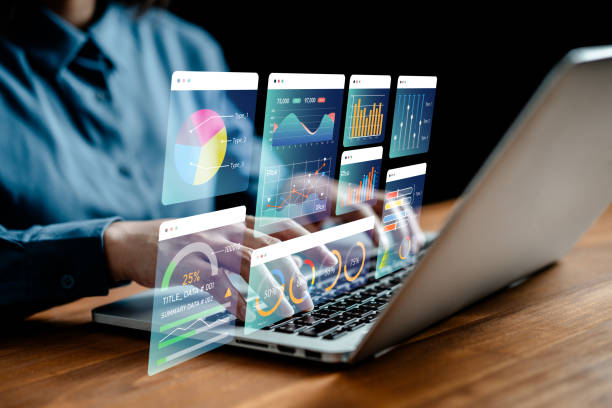
#OnPageSEO, sometimes referred to as #OnSite_SEO, is the process of optimizing your website to improve its ranking in search engine results pages (SERPs).
This is done by focusing on elements that you can directly control on your website, as opposed to #OffPage_SEO which involves actions such as building backlinks.
On-Page SEO involves optimizing #content, #keywords, #title_tags, #meta_descriptions, #URL_structure and more. The importance of On-Page SEO is that it helps search engines better understand the content of your site and, in turn, display it to relevant target audiences.
A strong On-Page SEO strategy can increase organic website traffic, improve conversion rates, and ultimately increase sales.
In fact, On-Page SEO is a fundamental foundation for any successful digital marketing strategy.
Without it, even the best content may get lost in the vast amount of online information.
Are you frustrated with the low conversion rate of your online store?
Rasaweb is your definitive solution with professional online store design!
✅ Increase your sales and revenue
✅ Exceptional user experience for your customers
⚡ Get a free consultation now!
Keyword Research: The Foundation for On-Page SEO

#Keyword_Research is one of the most important steps in On-Page SEO.
The purpose of this step is to identify the words and phrases that your target audience uses to search for information related to your business in search engines.
To do this, you can use various tools such as Ahrefs Keyword Explorer, Moz Keyword Explorer, SEMrush and Google Keyword Planner.
These tools help you identify relevant keywords based on search volume, competition, and other important criteria.
When choosing keywords, look for a combination of Head Keywords and Long-Tail Keywords.
Head keywords are general and popular words that have high search volume, but competition is also very intense.
Long-tail keywords are longer, more specific phrases that have lower search volume, but competition is also lower and they usually have higher conversion rates.
For example, instead of focusing solely on the keyword “#shoes”, you can use the long-tail keyword “#buy_original_men’s_sports_shoes”.
Also, don’t forget that the selected keywords should be related to the content of your site and used naturally within it.
Optimizing Title and Meta Descriptions
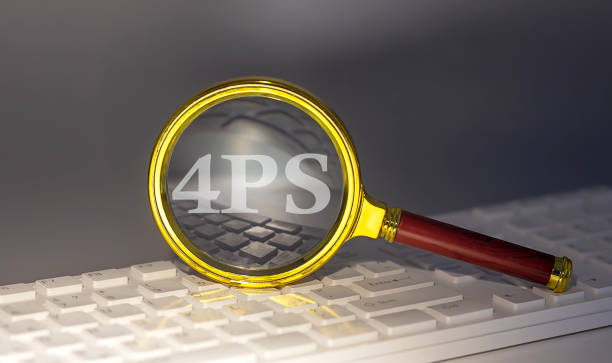
#Title_Tag and #Meta_Description are two important HTML elements that are displayed in search engine results pages and play an important role in attracting users to your website.
The title tag is the title of your page that is displayed at the top of the browser window and in search results pages.
The meta description is a short summary of your page’s content that is displayed below the title in search results pages.
To optimize the title tag, try to use the page’s main keyword at the beginning of the title and write the title clearly and attractively.
The title tag length should not exceed 60 characters, as search engines may shorten it.
To optimize the meta description, write an attractive and informative summary of your page’s content and use relevant keywords in it.
The meta description length should not exceed 160 characters.
Optimized title tags and meta descriptions help search engines better understand the topic of your page and help users decide whether your page is relevant to their needs.
| Element | Description | Best Practice |
|---|---|---|
| Title Tag | Page title in search results | Use keyword, maximum 60 characters |
| Meta Description | Summary of page content in search results | Attractive summary, use keywords, maximum 160 characters |
Optimizing URL Structure
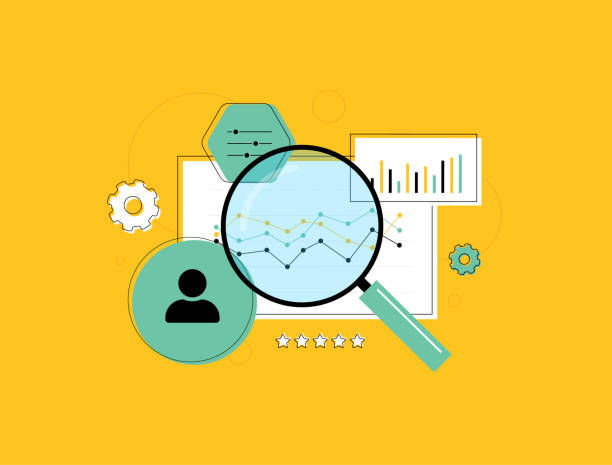
The #URL_Structure of your website plays an important role in On-Page SEO.
Optimized URLs are clear, readable, and descriptive for both search engines and users.
Try to keep your URLs short and concise and use relevant keywords in them.
Avoid using uppercase letters, special characters, and unnecessary numbers in your URL.
Instead of using complex and incomprehensible URLs like `example.com/page?id=123`, use simple and descriptive URLs like `example.com/blog/seo-tips`.
Also, using hyphens (-) instead of underscores (_) to separate words in the URL is recommended.
An optimized URL structure not only helps search engines better understand the content of your page, but also helps users easily find and remember the content they are looking for.
Did you know that a poor online store design can drive away up to 70% of your potential customers? Rasaweb transforms your sales with professional and user-friendly online store designs.
✅ Significant increase in sales and revenue
✅ Fully optimized for search engines and mobile
⚡ [Get a free consultation from Rasaweb]
Content Optimization
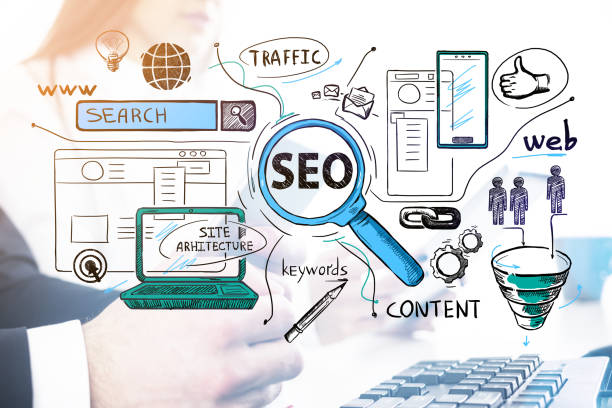
#Content is king! This cliché, but very true, statement also applies to On-Page SEO.
High-quality, valuable, and relevant content is one of the most important factors in ranking your website in search engines.
Try to write your content for your target audience and meet their needs and questions.
Update your content regularly and use images, videos, and other multimedia elements to make it more attractive.
Use #keywords naturally in your content, but avoid #keyword_stuffing.
Edit and review your content regularly to ensure it is grammatically and spelling-wise perfect.
A strong content strategy, which includes keyword research, content planning, content production, and content distribution, can help you significantly increase your website’s organic traffic.
Image Optimization
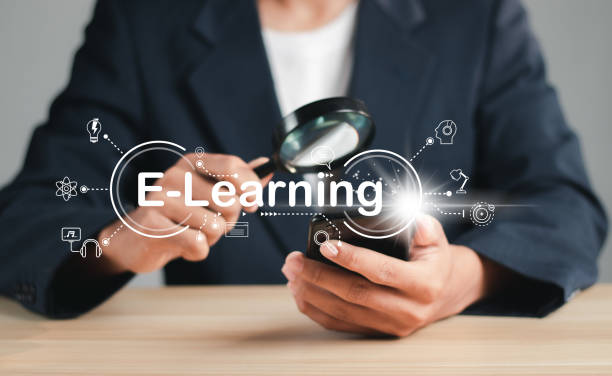
#Images play an important role in your website’s user experience and can also help improve your On-Page SEO.
To optimize images, use appropriate formats such as JPEG, PNG, and WebP and reduce image size as much as possible to increase your page loading speed.
Use the `alt` attribute to describe your images and use relevant keywords in it.
Choose file names for your images using relevant keywords.
Avoid using low-quality images and duplicate images.
Optimized images not only help improve your page loading speed, but also help search engines better understand your page’s content and display your images in image search results.
On-Page SEO image is also an important part of a comprehensive SEO strategy.
Website Speed Optimization
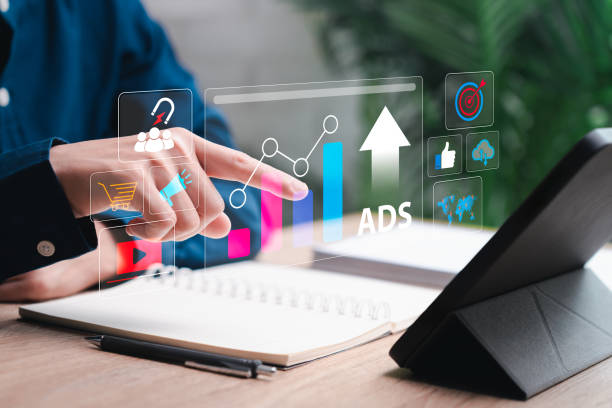
#Website_Speed is one of the important factors in ranking your website in search engines.
Internet users expect websites to load quickly, and if your website is slow, users may leave it and visit another website.
To optimize your website speed, use tools like Google PageSpeed Insights and GTmetrix to identify and fix your website speed issues.
Compress images, use browser caching, use a CDN, optimize your HTML, CSS, and JavaScript code, and use fast and reliable hosting.
A fast website not only provides a better user experience, but also helps improve your website’s ranking in search engines.
On-Page SEO and site speed are directly related.
| Factor | Description | Solution |
|---|---|---|
| Image Size | Large images reduce loading speed | Compress images, use appropriate formats |
| Browser Cache | Storing files in user’s browser | Enable browser caching |
| CDN | Content Delivery Network | Use CDN to distribute content worldwide |
Internal Linking
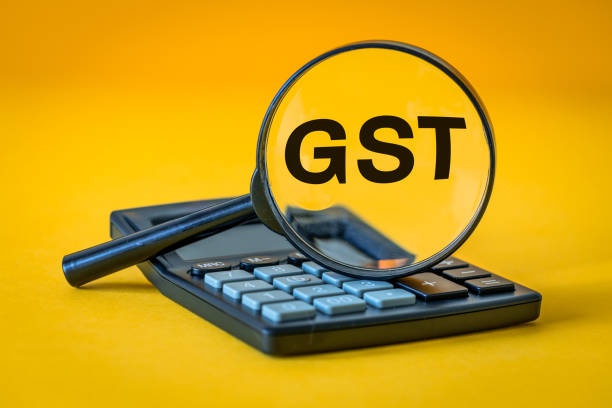
#Internal_Linking is the process of creating links between different pages of your website.
This helps search engines better understand your website structure and helps users easily navigate your website.
When creating internal links, try to use anchor text that is relevant to the destination page.
Avoid creating too many links on one page and place the links naturally in your content.
Give more links to the pages that are more important to you.
Internal linking not only helps improve your On-Page SEO, but also improves your website’s user experience.
A strong internal linking structure can help search engines find the important pages of your website and index them correctly.
Are you worried that your old company website is driving away new customers? Rasaweb solves this problem with a modern and efficient corporate website design.
✅ Increases your brand credibility.
✅ Helps attract targeted customers.
⚡ Contact Rasaweb for a free consultation!
Mobile Optimization
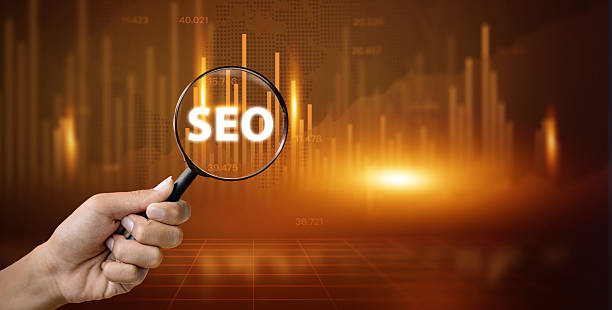
#Mobile_Optimization is one of the most important aspects of On-Page SEO in today’s world.
A large number of internet users use mobile devices to access websites, and if your website is not optimized for mobile devices, you may lose these users.
Design your website responsively so that it displays correctly on different devices with different screen sizes.
Use readable fonts and large buttons so that users can easily navigate your website.
Optimize your website loading speed for mobile devices.
Mobile optimization not only provides a better user experience for mobile users, but also helps improve your website’s ranking in search engines.
Google prioritizes websites that are optimized for mobile.
On-Page SEO and mobile are closely related.
Monitoring and Measuring Results

#Monitoring_and_Measuring_Results is one of the important steps in any On-Page SEO strategy.
To know if your On-Page SEO strategy is effective, you need to monitor your results regularly and measure them.
Use tools like Google Analytics and Google Search Console to track your website’s organic traffic, keyword rankings, bounce rate, and other important metrics.
Based on the results obtained, update your On-Page SEO strategy and make the necessary changes.
On-Page SEO is an ongoing process and requires constant attention and effort.
By monitoring and measuring your results, you can make sure that you are on the right track and achieving your goals.
Don’t forget that On-Page SEO is a long-term investment and it may take time to see the results.
With patience and perseverance, you can significantly increase your website’s organic traffic and boost your business.
Remember that On-Page SEO is a dynamic process and must always adapt to changes in search engine algorithms and user preferences.
By following the latest news and trends in the world of SEO, you can always keep your website optimized and stay ahead of the competition.
Frequently Asked Questions
| Question | Answer |
|---|---|
| What is On-page SEO? | On-page SEO refers to the set of actions that are performed inside your website to improve its ranking in search engine results. This includes optimizing content, site structure, and HTML code. |
| Why is On-page SEO important? | On-page SEO helps search engines understand the content of your page and determine whether your content is relevant to searchers. It is the foundation of any successful SEO strategy. |
| What are the key elements of On-page SEO? | Page title (Title Tag), Meta Description, use of keywords, image optimization, heading structure (H1, H2, …), internal linking, and content quality are key elements. |
| How to optimize the page title (Title Tag)? | The page title should include the main keyword, be attractive and encourage clicks, and its length should be between 50 and 60 characters (or suitable pixels) to be fully displayed in search results. |
| What role does the Meta Description play in On-page SEO? | The meta description is a summary of the page’s content that is displayed under the title in search results. Although it does not directly affect ranking, it helps SEO by increasing click-through rate (CTR). |
| What is the importance of using a heading structure (H1, H2, H3) in On-page SEO? | Headings structure the content of the page and make it easier to read. H1 is usually the main title of the page and should include the keyword. H2 and H3 are used to organize subsections and help search engines understand the hierarchy of content. |
| How to use keywords effectively in content? | Keywords should be used naturally and logically throughout the content, including the introduction, body, and conclusion. Avoid keyword stuffing. |
| What steps does image optimization for On-page SEO include? | Includes compressing images to reduce size, using descriptive file names, adding appropriate alternative text (Alt Text), and optimizing the image title and description. Alt Text is critical for accessibility and helping search engines understand the content of the image. |
| What is internal linking and what are its benefits? | Internal linking means creating links from one page on your website to another page on the same website. This helps users easily navigate your site, distributes page authority throughout the site, and helps search engines better understand your site’s structure. |
| What is the importance of content quality in On-page SEO? | High-quality, accurate, comprehensive, and valuable content for users is the cornerstone of On-page SEO. Search engines prefer content that meets users’ needs. High-quality content leads to longer user time on the site (Dwell Time) and a lower bounce rate, which are positive SEO signals. |
And other services of Rasa Web advertising agency in the field of advertising
Smart Brand Identity: A combination of creativity and technology for user interaction through precise audience targeting.
Smart Google Ads: Transform click-through rates with the help of SEO-driven content strategy.
Smart Website Development: A creative platform to improve customer acquisition with smart data analysis.
Smart Brand Identity: An effective tool to analyze customer behavior with the help of precise audience targeting.
Smart UI/UX: A creative platform to improve campaign management with precise audience targeting.
And more than hundreds of other services in the field of internet advertising, advertising consulting and organizational solutions
Internet Advertising | Advertising Strategy | Advertorial
Resources
On-Page SEO Guide from Search Engine Journal
,On-Page SEO Optimization from Moz
,On-Page Content SEO Training in Ahrefs
,On-Page SEO Strategies in Semrush
? To soar in the digital space and reach more audiences, Rasaweb Afarin Digital Marketing Agency paves the way for your business success by offering services such as responsive website design and professional optimization.
📍 Tehran, Mirdamad Street, next to the Central Bank, South Kazerun Alley, Ramin Alley No. 6
“`

